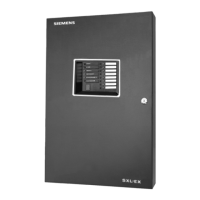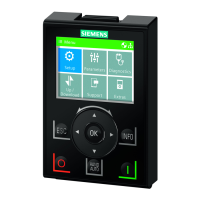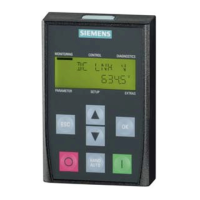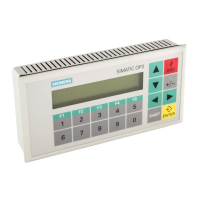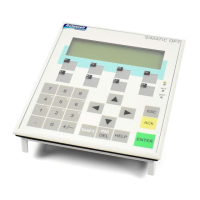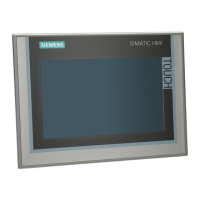19
3.1 DETECTOR APPLICATION
In view of the problems that can be expected with the misapplication and location of detection devices
aboard ship, the guidelines below should be followed when designing systems.
These tables list situations where the use of smoke detectors, ionization and photoelectric should be
avoided.
MOISTURE
Salt water spray Heat treating
Corrosive atmospheres Dust or lint
Water spray Sawing, drilling and grinding
Live steam Pneumatic transport
Steam tables
Showers
Humidifiers
Slop sinks
Humid outside air
Excessive tobacco smoke
COMBUSTION PRODUCTS AND FUMES
Cooking equipment Engine exhaust
Ovens Gasoline forklift trucks
Dryers Diesel trucks and locomotives
Exhaust hoods Engines not vented to the outside
Metal cutting Welding and brazing
Machining Heating element, abnormal
Paint spray Dust accumulation
Curing Improper exhaust systems
Chemical fumes Incomplete combustion
Cleaning fluids
Conventional photoelectric/ionization detectors shall not be installed in cargo holds and
RO/RO spaces.
NOTE: Conventional weatherproof thermal detectors DT-135WP/DT-200WP must be
used in cargo holds and RO/RO spaces.
Section V — Detector Application and Spacing

